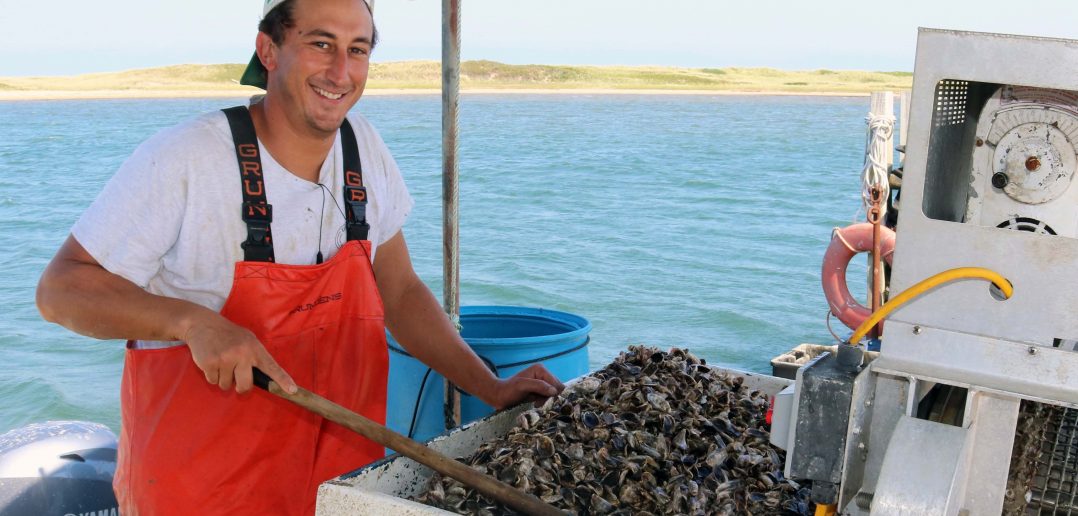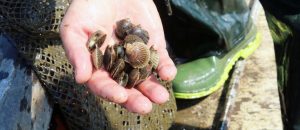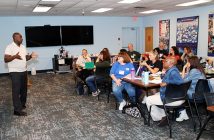EAST HAMPTON — Our Town of East Hampton Unit members working at the town’s shellfish hatchery provide services that not only provide food for the community, but preserve our local ecosystem.
Our members aid in the growth of shellfish from inception to the final release into local waters. The shellfish hatchery program began in the late 1980s to combat harmful levels of micro-algae.
“When the shellfish are in the water, they are continuously filter feeding,” said Bay Management Specialist 1 Peter Topping. “When they’re doing that, they’re extracting excess algae, which keeps the water quality at an optimal level. When some species of algae grow out of control, they can decimate both shellfish and fin fish populations.”
Members who work for the hatchery seed shellfish in all of the harbors in East Hampton Township.
“We do all of this from scratch; everything we grow starts off as brood stock that we spawn from the mom and dad,” said Bay Management Specialist 1 Adam Younes. “That process starts in early February. We grow out all year until around October and then we begin seeding the oysters, clams and bay scallops.”
The growth stages of the shellfish are more involved than one might think.
“When the shellfish are small, we put them in large tanks until they get big enough to go to the outdoor nursery,” said Younes. “From there, we take them to the ocean where they finish the growth process.”
Those larger shellfish are housed in bags in mesh nets, inside of a floating cage.
Our members have the lofty task of taking the shellfish out of the mesh nets so the shellfish, the bags and the nets can all be cleaned and put back into the floating cages.
As the shellfish grow, our members must transfer the fish to larger nets, which allows for better water flow.
On average, our members release nearly 3 million clams, 2 million oysters and aim for a few hundred thousand bay scallops per year.
The additional shellfish are helping to supply recreational and commercial demand.
“We have commercial fishermen who sell the shellfish that we grow to local restaurants,” said Younes. “Local residents also come out to catch shellfish for dinner.”
During the colder months, members start the cleanup and tracking process.
“In the winter, I do the annual report, which includes all of our work data from the previous year,” said Younes. “Outside of that, we’re repairing all of the equipment that we used in the water and all 200 floating cages have to come out of the water and be stacked on the barge.”
There are also elements of marine biology in the position, which also take place during the winter.
“Part of my responsibilities in the hatchery is to produce algae in our lab,” said Topping. “We use the algae to feed the shellfish until they’re big enough to be moved to the nursery.”
“While I’m doing that, Adam [Younes] is spawning and keeping the shellfish alive,” said Topping. “We really have to work in tandem in order for the process to go smoothly.”
Members have a personal connection to the work they do.
“My family has been living on the east end since the mid-1600s,” said Topping. “With all of the development and the environmental pressures, it’s really important to support the traditions that my family and other families have grown up with.”
“For me, it’s a labor of love,” said Younes. “I’m a marine biologist by education and being able to grow something that’s benefiting the water and being able to work in such a beautiful environment during the summer, it’s hard not to love your job.”
— Wendi Bowie







